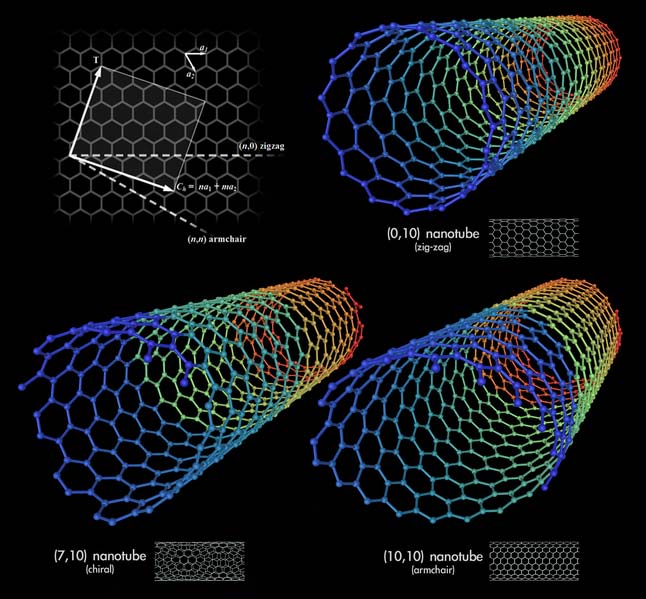Aerospace and aircraft companies as well as the military have been challenged to find ways of effectively shielding sensitive electronic equipment, such as radar and radios from electromagnetic interference without adding a lot of weight to aircraft and satellites (the more massive they are, the more fuel they need to stay in the air or achieve orbit, respectively). Whereas EMI can lead to headaches like erased data and loss of connectivity for casual computer and cell phone users, the problem is far more serious in aircraft, where interference can jam cockpit radio and radar signals, preventing pilots from sending and receiving crucial information. Looking to solve this problem on its manned and unmanned aircraft, the U.S. Air Force will by the end of the year kick off an 18-month study of the use of carbon nanotube sheets to create a shielding layer on the surfaces of lightweight composites.Learn more from Scientific American.
Aircraft, Satellites Could Use Nanotubes for EMI Shielding
